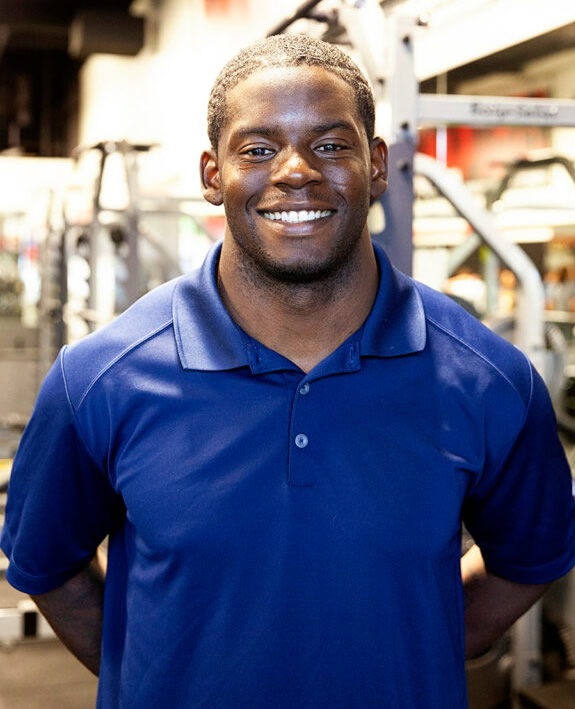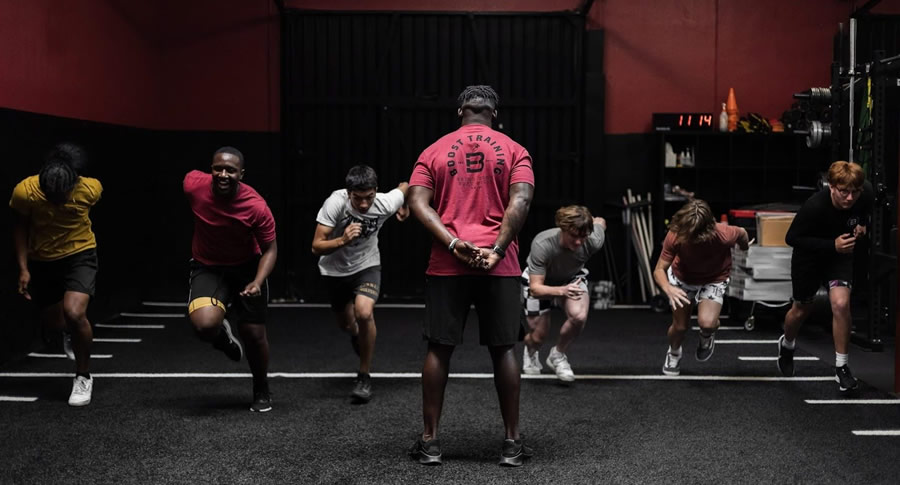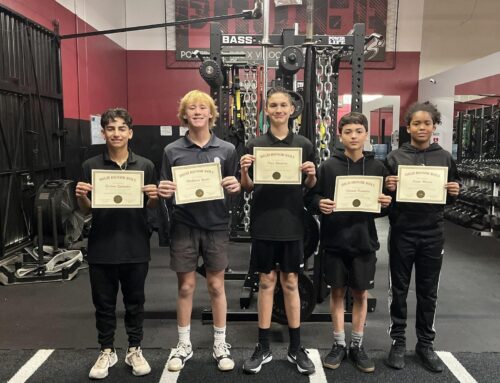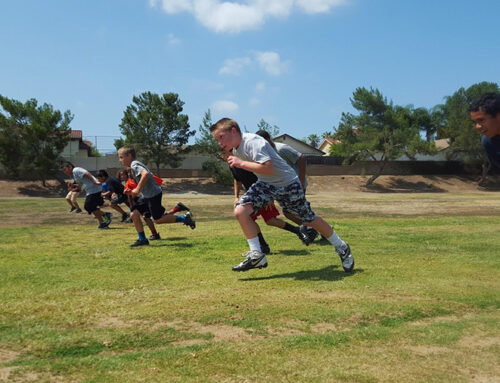Speed is a coveted attribute in the world of athletics, with coaches tirelessly seeking to unlock their athletes’ full sprinting potential. However, despite their best intentions, many coaches fall prey to common misconceptions when it comes to speed training. Here, we’ll debunk these myths and shed light on what most coaches get wrong about speed training, paving the way for more effective and informed coaching practices.
- Overemphasis on Endurance:
One of the most prevalent mistakes coaches make in speed training is placing too much emphasis on endurance at the expense of raw speed development. While endurance is undoubtedly important for overall athletic performance, prioritizing long-distance running over speed-specific drills can hinder athletes’ ability to maximize their sprinting capabilities. Coaches should strike a balance between endurance training and speed-focused exercises to ensure comprehensive athletic development.
- Neglecting Technique and Mechanics:
Speed isn’t solely about raw athleticism; it’s also about efficient technique and biomechanics. Unfortunately, many coaches overlook the importance of proper running mechanics in favor of more traditional training methods. Neglecting to address technique flaws such as overstriding, poor arm swing, or incorrect foot placement can limit athletes’ speed potential and increase their risk of injury. Coaches should prioritize technique refinement through drills, video analysis, and personalized feedback to optimize sprinting performance.
- Ignoring Strength and Power Development:

Speed is a product of strength and power, yet many coaches fail to recognize the critical role these factors play in speed development. Building a strong foundation of lower body strength and explosive power is essential for generating the force necessary to propel athletes forward at high speeds. Incorporating strength training exercises such as squats, lunges, and plyometrics into speed training programs can significantly enhance athletes’ sprinting abilities and overall athleticism.
- Overlooking Rest and Recovery:
In the pursuit of speed gains, coaches often overlook the importance of rest and recovery in the training process. Pushing athletes to train at maximum intensity without adequate recovery can lead to overtraining, burnout, and increased injury risk. Coaches should prioritize rest days, recovery modalities such as foam rolling and stretching, and quality sleep to optimize training adaptations and prevent overuse injuries.
- Sports Specialization:
Every athlete is unique, with different strengths, weaknesses, training needs, of course playing different sports. But getting fast is getting fast. Too many coaches today in an effort to appeal to a certain demographic of athletes will market speed training for baseball, basketball, or soccer. This is often a ploy to attain athletes of a specific sport, when in reality how athletes develop speed is consistent amongst all sports. The unique phase of sprinting an athlete needs to prioritize may be more or less for a specific sport, but as I stated previously, getting fast is getting fast, Period.
- Lack of Progression and Periodization:
Effective speed training requires a structured approach that emphasizes progression and periodization. However, many coaches neglect to implement proper periodization principles, leading to stagnation in athletes’ speed development. Progressively increasing training volume, intensity, and complexity over time is essential for eliciting continued improvements in speed and performance. Coaches should incorporate periodization principles such as linear periodization, undulating periodization, or the conjugate system into their training programs to ensure long-term success.
Speed training is a multifaceted endeavor that requires coaches to navigate a myriad of complexities and considerations. By dispelling common misconceptions and adopting evidence-based coaching practices, coaches can empower their athletes to reach new heights of speed and athleticism. By prioritizing proper technique, strength and power development, rest and recovery, and periodization, coaches can unlock their athletes’ full speed potential and propel them towards success on the track, field, or court.-Boostman

Owner, Boost Training Systems in Corona, CA
Level 1 & 2 Coach Bommarito Performance
CSCS, USAW




















